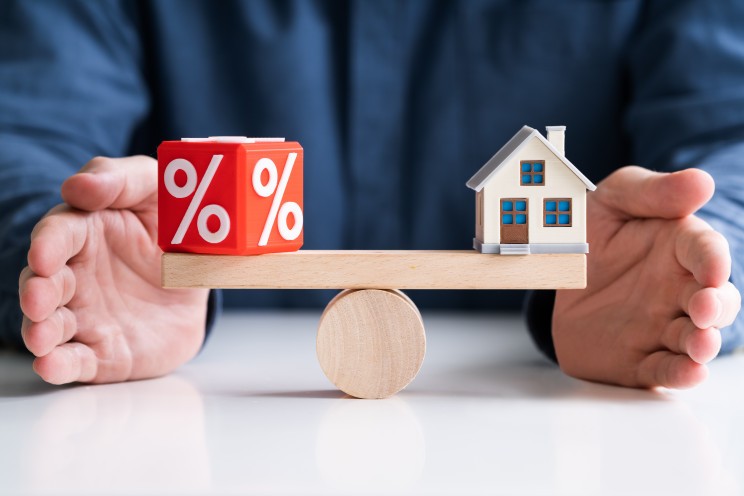
How will property prices develop in 2020 after the coronavirus crisis? These are the predictions from the Bank of Italy in their "Rapporto sulla stabilità finanziaria" (Financial Stability Report) related to the real estate sector in the wake of the pandemic.
In the report, Palazzo Koch states that in Italy "house prices will fall significantly this year". Specifically, the document highlights that in the country "the data relating to online listings show that since the second ten days of March the number of homes up for sale and the search for potential house buyers has fallen sharply" and that the trend is "particularly notable in the north of Italy". Let's see in detail what is stated in this Financial Stability Report:
"Before the spread of COVID-19 the real estate cycle in Europe was still in an expansionary phase. Price increases in the residential market were particularly strong in Germany and Spain. While slowing, prices continued to rise even in the non-residential sector. The scenario is likely to change radically in the coming months. In the short term, the deterioration in real estate market conditions could be faster than during the 2012 crisis. Over a longer horizon, once the effects of temporary contagion containment measures are reabsorbed, cyclical conditions will depend on the impact of the pandemic on household incomes."
The report also adds that in Italy, "data on online listings show that since the second ten days of March the number of homes offered for sale and the search for potential buyers has fallen sharply. This trend is particularly notable in the northern regions of the country, the only area where prices were in moderate expansion at the end of last year. According to our estimates, house prices will fall significantly already this year."
On the basis of the estimates in the report, the experts have also stated that "in the event of an adverse scenario, the ratio between the annual flow of new non-performing loans related to loans granted to companies in the real estate sector and the capital of Italian banks would return to 5.2%, which is high but considerably lower than the peak recorded following the sovereign debt crisis in the euro area. However, estimates are subject to considerable uncertainty and the probability that the ratio will return to levels close to those recorded after the 2008 financial crisis is not negligible. The increase in non-performing loans would be more limited for loans to households due to the increased financial strength of the sector".